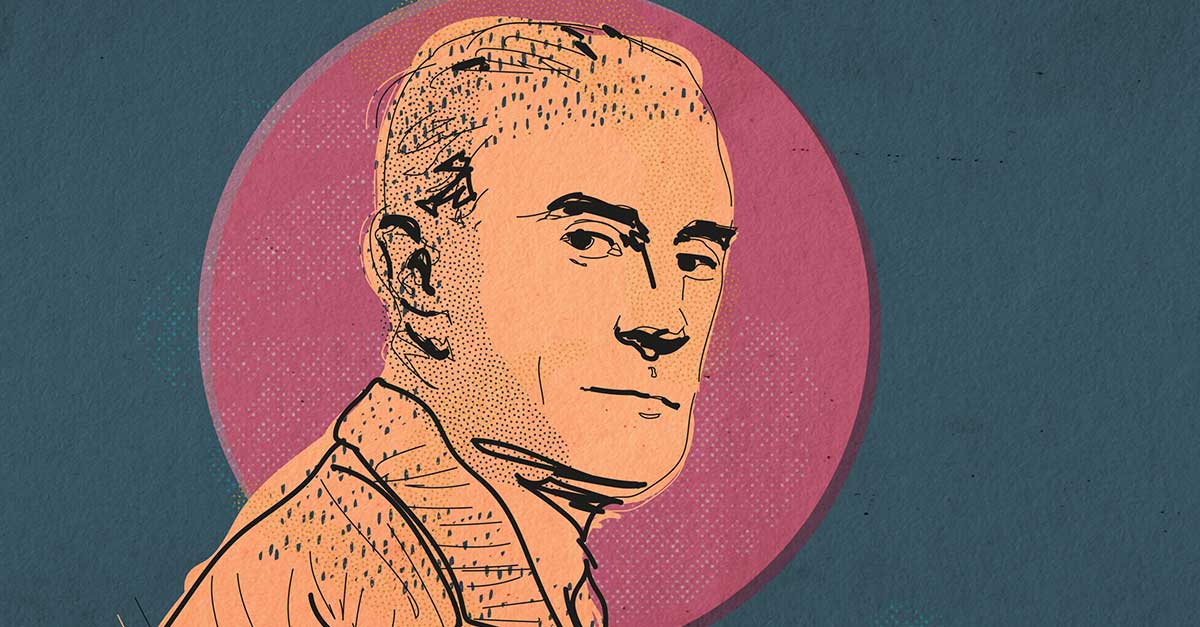

‘Don’t you think this tune has something insistent about it?’ he asked a friend while playing it for him with one finger on the piano.

Once he had invented the appropriately Spanish-coloured melodic material, he was up and running. He first panicked and then conceived the idea of creating a score that would take no longer to complete than an exercise in orchestration. Having set aside just enough time to orchestrate a selection of piano pieces by Albéniz for a ballet score on a Spanish theme, Ravel found that the arrangement rights had been reserved for his Spanish colleague Enrique Arbós.
#RAVEL COMPOSER PROFESSIONAL#
Not compulsive but coolly deliberate, the repetitive pattern of Boléro is in fact an inspired solution to a professional problem. But anyone who takes the risk of associating the repetitions in Boléro with frontotemporal dementia, for example, should be very certain of the facts. Of course, if there are signs of mental decay in such works as Boléro and the Left-hand Piano Concerto in D – two of the greatest orchestral works in the 20th-century repertoire and at the same time two of the most commonly chosen subjects for neurological case study – we should not shrink from learning about them. His Ravelis redolent of research at Le Belvédère, the Ravel house at Montfort-l’Amaury, and yet so faulty in biographical and musicological detail that it carries little credibility as either fact or fiction. The French writer Jean Echenoz is so fascinated by the subject that in 2006 he published a novel about it.

However, recently, much clinical attention has been devoted to tracing the progress of the disease that was to lead to the composer’s death, at the age of 62, in 1937. There is scarcely one Ravel work that is not wholly comprehensible in musical terms or that requires reference to external circumstances to explain it. Music was his life, his passion, and nothing would induce him to sell it short by producing a score of less than complete integrity.


 0 kommentar(er)
0 kommentar(er)
